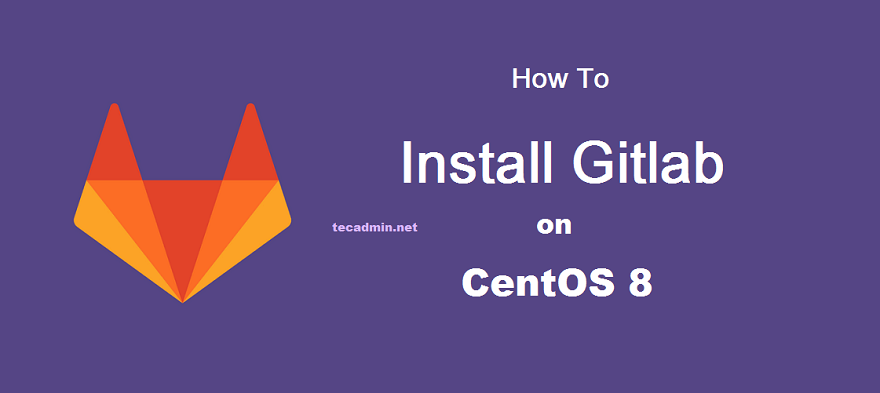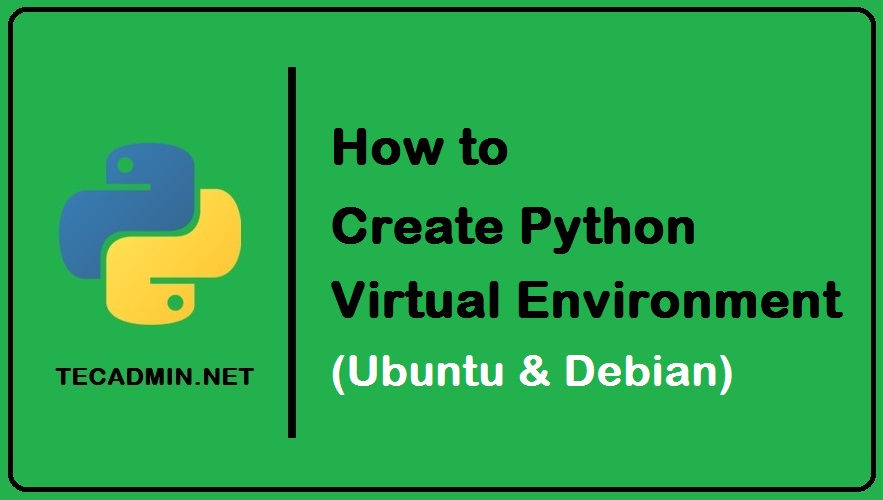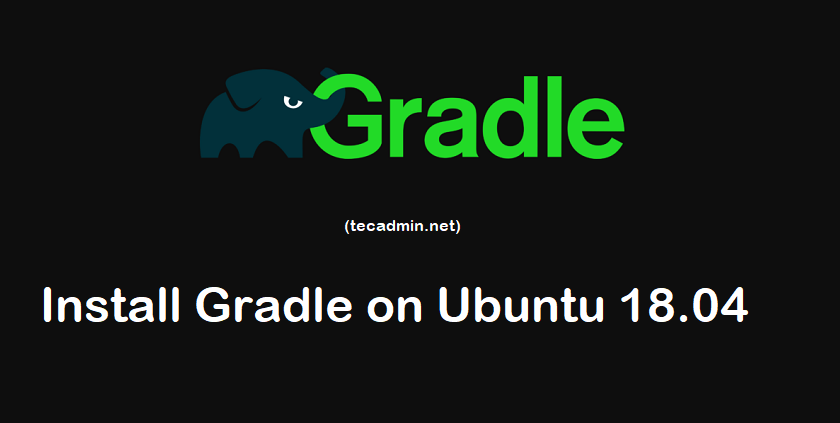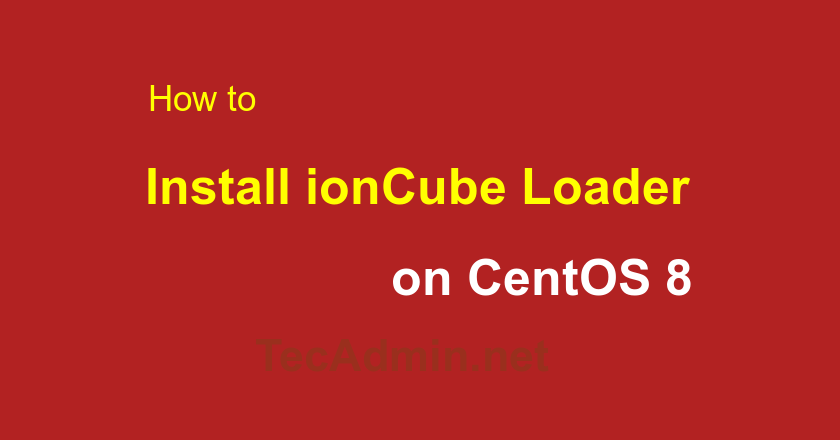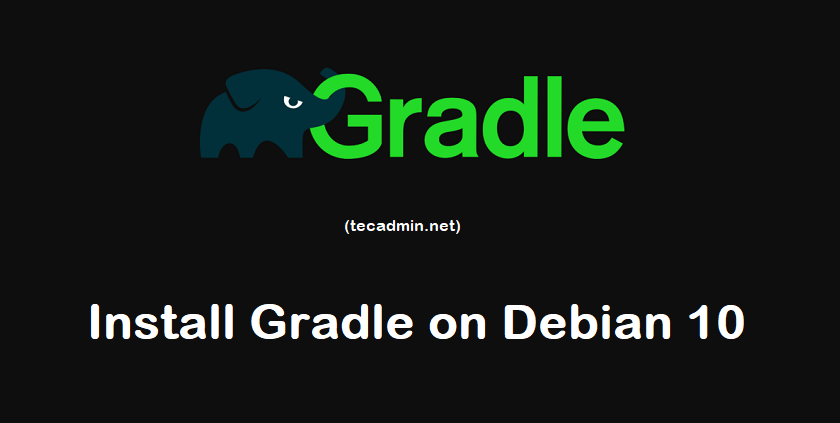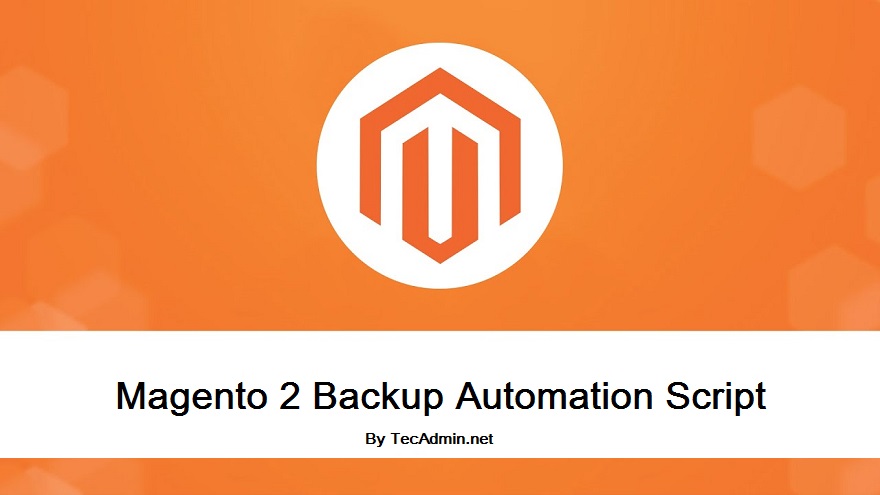Gitlab is the source code management application tool. It is the best alternative to Github. It provides an option to users of the self-hosted version as well. You can simply install Gitlab server and take full advantages of its outstanding features. This tutorial will help you install and configure Gitlab (Community Edition) on your CentOS 8 Linux systems. You can also visit our Git Tutorial section to learn about Git command line tutorials and examples. Step 1 – Prerequisites Newly installed CentOS 8 machine. Complete initial server setup Domain/subdomain name for Gitlab with DNS pointed to server. For this tutoiral,…
Author: Rahul
Python’s venv module is used for creating virtual environments. It helps us to create and manage isolated environments for Python applications with different versions of Python. These are lightweight environment that has their own independent set of Python packages in their site directories. The Python virtual environment is used to isolate your project’s dependencies and avoid conflicts between projects. If you are a Python developer, DevOps, or a Linux System administrator, you would have worked on Python virtual environment at some point in time. In this blog post, we will walk you through the steps necessary to create a virtual…
Gradle is an open-source build tool for the automation of applications. The Gradle helps developers team to build, automate and deliver software easier and faster. This tutorial will help you to install Gradle on Ubuntu 18.04 LTS and 16.04 LTS system. You may like: How to Install Apache Maven on Ubuntu 18.04 Prerequisites Gradle requires to run Java JDK 8 or JRE 8 or higher version. Make sure you have java installed on your Ubuntu system or use following command to install it. sudo apt install openjdk-11-jdk Verify installed Java version on your system. java -version openjdk 11.0.6 2020-01-14 OpenJDK…
The ionCube loader is the library used to load ionCube encoded files on the server. It is required to installed on the webserver to decode any ionCube encoded files before running. The ionCube provides a feature to encrypt your PHP script to keep them secure. It also keeps them secure from unauthorized uses. This tutorial will help you to configure the ionCube loader with PHP on CentOS 8. How to Install Ioncube Loader in WHM/cPanel Prerequsities Shell access to the CentOS 8 system with sudo privileges account. Complete initial server setup for newly installed systems. Install PHP and Apache on…
Magento is the best enterprise-class eCommerce software and solution. It is powered by open, flexible, and next-gen architecture. The application developed with Magento will provide the best and engaging shopping experience for users. Its performance is best than other eCommerce applications available. The Magento 2 is the latest release available. This version has a number of improvement changes and optimizations over the previous Magento version. This tutorial will help you to configure the Magento application on your Fedora system. Step 1 – Install LAMP First of all, you need to set up a LAMP environment on the Fedora system. You…
Gradle is an open-source build tool for the automation of applications. The Gradle helps developers team to build, automate and deliver software easier and faster. This is the step by step tutorial to install and configure Gradle on Debian 10 Buster Linux system. You may like: How to Install Apache Maven on Debian 10 Step 1 – Install Java Java JDK 8 or JRE 8 or higher version is required to run Gradle build tool. Make sure you have proper java version installed on your Debian 10 system. To install Java run the following command: sudo apt install openjdk-11-jdk Verify…
Angular is a versatile open-source web application framework developed by Google, used for building efficient and scalable single-page applications. This tutorial will guide you through setting up Angular on a Fedora system. Before we begin, it’s important to note that Angular requires Node.js and npm (Node Package Manager) to be installed on your system. We’ll also cover these installations. Step 1: Update Your System Firstly, ensure your Fedora system is up to date by running the following commands: sudo dnf update Step 2: Install Node.js and npm Node.js is a JavaScript runtime that is required for Angular to function. npm…
This tutorial will help you to automate the Magento2 codebase and database backup process using a shell script. The script will perform automatic backups on a scheduled interval. The script also has the ability to remove older backups as per configuration. Setup Magerun2 You need to download and configure the Magerun2 script on your system. wget https://files.magerun.net/n98-magerun2.phar mv n98-magerun2.phar /usr/local/bin/n98-magerun2 chmod +x /usr/local/bin/n98-magerun2 Download Shell Script You can download Magento2 backup script from here. Alternativly, use below command to download script using wget command. wget https://tecadmin.net/wp-content/downloads/scripts/magento2-backup.sh You can also copy the script below and paste it in a file on…
Redis is an in-memory data structure store. It is used as database store, cache server. You can also use redis as message broker to configure Publish/Subscribe (PUB/SUB) messaging system. Redis is capable to store Strings, Hashes, Lists, Sets, sorted sets, HyperLogLogs, bitmaps, streams, and spatial indexes etc. It also provides a PHP module for communication between PHP script with the Redis server. Redis is written in C programming language. This tutorial will help to install the Redis cache server along with PHP Redis extensions on a CentOS 8 Linux machine. Prerequisites CentOS 8 Linux system with shell access Newly installed…
Internet Information Service (IIS) is the popular web server developed by Microsoft Corporation. It runs on Windows servers and serve websites to users. The PowerShell is the configuration and management application for the Microsoft systems. In this tutorial you will learn how to enable (start) or disable (stop) all sites in single command with PowerShell. Useful links: How to create website in IIS using command line How To Redirect HTTP to HTTPS in IIS Launch PowerShell Type PowerShell in application search option. Then right click on PowerShell application and select “Run as administrator”. This will provide you administrative privileges to…

